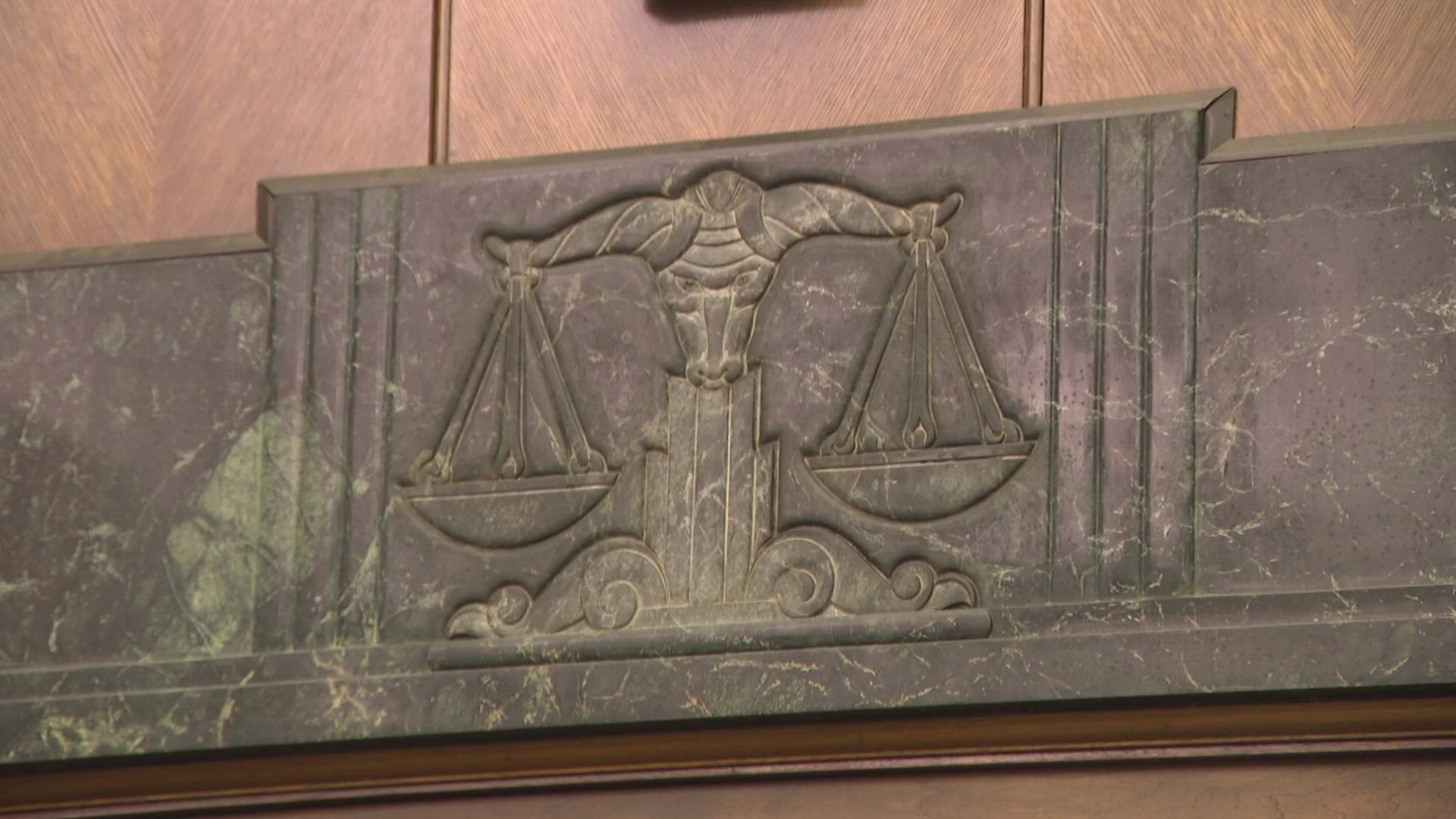ST. LOUIS, Missouri — When you walk into a voting booth Tuesday, you will see a lot of names at the bottom of your ballot that you may or may not recognize.
While judges are usually lesser known than candidates running for office in the executive or legislative branches of government, voters can still decide the fates of careers in the judicial branch as well.
"If you're not reading about a judge, if you're not hearing about a judge, 9 1/2 out of 10 times, that's because their heads down, they're doing their work and that is a good thing," Judge Mary Elizabeth Ott said.
Presiding judges Mary Elizabeth Ott, of the 21st Judicial Circuit, and Michael Stelzer, of the 22nd Judicial Circuit, are not on this year's ballot. Their colleagues who will appear on the midterm ballot are barred from running ordinary political campaigns.
Instead, the ballot simply asks voters should they keep their job?
"I think the vast, vast majority of judges go about their business in a very workman like manner," Stelzer said. "They show up, they hear their cases, they get the rulings out."
How often do judges lose their retention elections?
"It has occurred in the 21st circuit," Ott said. "It is unusual. It's infrequent, I'll put it that way."
Stelzer could not recall any judges in the 22nd Circuit ever losing their retention election since the nonpartisan judicial plan was adopted more than 80 years ago.
While voters get the final say in whether to fire a judge at the end of their term, the decision to hire them is far more rigorous.
"There's no one person that selects us and says, 'You should get this job,'" Stelzer said.
Missouri created the 'Non-Partisan Court Plan,' which includes a complicated vetting gauntlet, in 1940 in an effort to remove corrupt political influence from the judicial selection process.
"Those tensions are tensions that have been felt by the judiciary for decades and generations," Stelzer said.
"The nonpartisan plan, which is how judges are selected in Missouri, is something that we can all be very proud of," Ott said.
"There are several opportunities for judges to be evaluated and for the public to have access to those evaluations," she said.
Once a candidate applies to become a judge, a commission of judges, lawyers, and laypeople reviews their qualifications and experience, picks three finalists, and the Governor appoints a judge from that pool.
"The application and selection process is spread out more, and I think that that allows for a lot more voices to have a say in whether or not you as an individual will ultimately be selected to have this job," Stelzer said.
Ott said the judicial vetting and selection process in Missouri is designed to "minimize the effect of politics on the judges."
"I've always said if the commission does their does their job well and picks three good candidates -- which I think they almost always do -- then the governor can't make a bad decision," Stelzer said.
"After a governor selects a judge, then that judge is subject to evaluation by a different committee," Ott said.
Lawyers and members of the jury review and rate each judge in anonymous surveys, and lawyers, retired judges, and laypeople grade the judges' performance with a score.
"There is a lot of information out there also now where people can see how these judges are viewed by their peers, the lawyers, and the jurors who appear in front of them," Stelzer said. "I think that the vast, vast majority of the judges do get favorable ratings."
"To those people who say, I just go in and vote them out. I think that I have confidence in our Missouri voters, that they will take the time to educate themselves and to really find out, and I think they'll be very pleased to find how well, the judiciary is performing.
You can review judicial surveys and scorecards for judges in the city of St. Louis, in the county judicial circuit, the Eastern Appellate District, and the Missouri Supreme Court.

